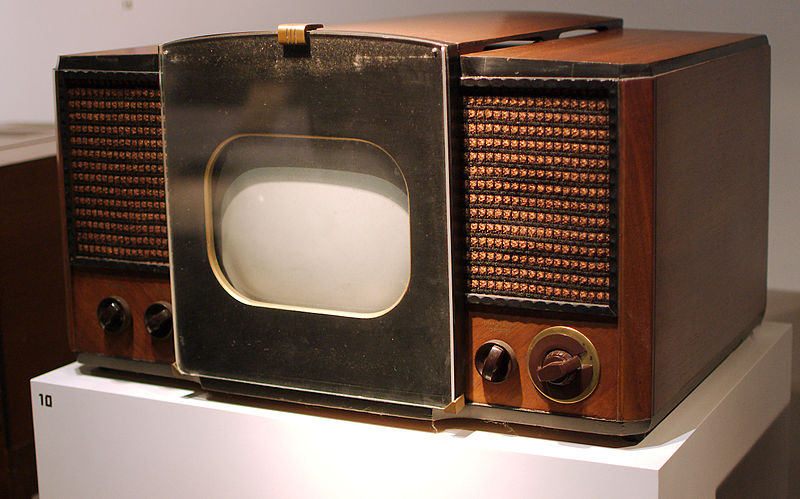The television was first invented in the year 1884 by a man named Paul Gottlieb Nipkow. The invention of the television has had a major impact on society and culture since its inception. The television has revolutionized the way that people consume information and entertainment, and it has also become a powerful tool for advertising and marketing.
Today, there are over one billion televisions in use around the world, and this number is only expected to grow in the years to come.
The television was invented in 1927 by Philo Farnsworth. It was a great invention that changed the way people communicate and entertain themselves.

Credit: www.historyonthenet.com
When was the Tv First Used in Homes?
The first home television was introduced in the United States in 1939. It was a 12-inch RCA console with a 5-inch picture tube. The price tag was $600, which would be about $10,000 today.
At that time, only about 1% of homes had a television.
Television usage began to grow rapidly in the 1950s. By 1952, about 15% of homes had a television, and by 1955 that number had grown to 50%.
In 1960, 75% of homes had a television. Today, almost 100% of homes have at least one television.
The introduction of color TV in the mid-1960s also helped increase TV usage.
Color TV sets were initially more expensive than black and white sets, but prices quickly dropped and color TV became very popular. Today, almost all TVs are color TVs.
When were the First Tvs Sold?
The first TVs were sold in the early 1920s. The first commercial TV broadcasts began in the UK in 1936, and in the US a year later. It wasn’t until after World War II that TV ownership really took off, with sales increasing rapidly from the late 1940s onwards.
By 1954, over half of all US households had a television.
When was the First Color Tv Made?
The first color TV was made in 1953. It was called the RCA Victor Color Television Model CT-100 and it cost $1,000. It had a 15-inch screen and could only display 12 colors.
What was the First Tv Made?
The first TV was made in the early 1900s by Scottish inventor John Logie Baird. It was a mechanical device that used spinning disks to create images. The first public demonstration of Baird’s TV was in 1926, and it was soon followed by electronic TVs that used cathode ray tubes (CRTs) to create images.
The first commercial TV broadcasts began in the 1930s, and color TVs were introduced in the 1950s.
When was Color Tv Invented
Color television was first demonstrated in 1928, but it would be another decade before it became a common household appliance. The world’s first commercial color broadcast aired in the United States on June 25, 1941 and featured a baseball game between the Brooklyn Dodgers and Philadelphia Phillies. It wasn’t until 1953 that color sets began outselling black-and-white models.
The technology for color television had actually been around for many years before it became a practical reality. In 1892, British inventor John Logie Baird demonstrated the world’s first color transmission using a mechanical system. But it wasn’t until 1925 that Russian-born American engineer Vladimir Zworykin invented an electronic camera tube that could capture and transmit images in color.
Zworykin’s invention formed the basis of the first working color TV system, which was unveiled to the public by CBS Laboratories on August 28, 1928. But despite this early success,color TV remained more of a scientific curiosity than a practical reality for many years to come. It wasn’t until after World War II that commercial production of color television sets finally began in earnest.
Conclusion
In 1884, Paul Nipkow filed a patent for the first electrical television system. However, it wasn’t until 1907 that Russian scientist Boris Rosing and English inventor A.A. Campbell-Swinton developed a working prototype of an electronic scanning television system. In the early 1920s, Scottish inventor John Logie Baird demonstrated the first public transmission of moving images using mechanical scanning methods.
By 1927, Baird had also made the first live transatlantic broadcast using this technology. In 1941, American engineer Vladimir Zworykin invented the iconoscope, which made electronic scanning more practical and led to further development of televisions in the United States.